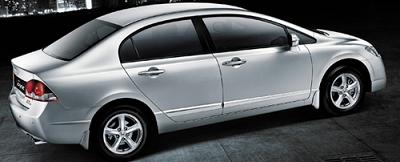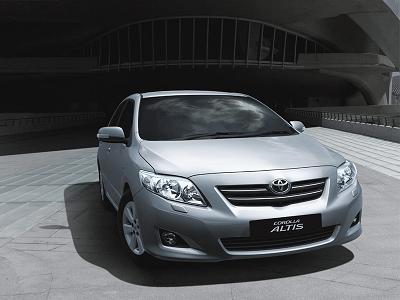The automobile market in India has been witnessing very rapid changes for the past four or five years. Until the late nineties, for any multinational car-maker, India has been the dump ground for obsolete engine technologies, dated designs, models with design flaws or those vehicles that didn’t comply to safety or emission standards. This notion seems to be changing so fast with new an new car models being introduced in India without too much delay after their international launch in the international markets.
One of the main reasons for this change is the economic reforms that were initiated by a few wise men since the past two decades or so. India is one of the fastest growing and stable developing economies in the world today that is also investment friendly for foreign investors. The outlook of the Indian market has also been changed with industries like Information Technology, IT enabled services and Biotech making India more globally accepted. More international brands – not just in cars – are readily available for the Indian buyer now in India and they have the purchasing power as well. Twenty years back we had exactly three outdated options to choose from when it came to buying a new car. Chevrolets and Hondas appeared only in the ‘high-speed’ car chase scenes of Hindi movies then. Now we have close to twenty or so different manufactures to choose from and they produce more than hundred models.
International travel opportunities and vast information that is available on the Internet, the awareness on safety, technological and design standards also went up. I remember the times – probably 12 years back – when India’s leading car manufacturer then (and even now) in their commercials proudly announcing the introduction of seat belts in their cars as a major luxury and safety feature. Earlier the MNCs used to introduce a new technology or car model 4-5 years after it was launched in the market. Now they know that the educated Indian customer is equally (or even more) demanding than their international customers. Also with more and more car makes available, the car manufacturers are also under pressure to upgrade their models and offer the best for the customers.
One Indian company that has led the changes from the front is Tata Motors. Tatas were not put down by the failures of their initial big car models but they brought in more innovation and collaboration to steal the B-segment market share from Marutis and Hyundais. Without these efforts (along with that of MNCs) I am sure that Maruti would never have changed their models. Hindustan Motors is the only ‘live fossil’ with the kind support from the government and its service sectors. I wish the spoilt brains and unmotivated workforce of HM gets a break as well soon – High time they put some research into their works and come up with a new generation ambassador that offers not only power and safety for Indian roads but features, usability, good looks and drivability. Ambassador still belongs to the generation that believed that buying a car is once-in-a-lifetime thing and that asset has to be maintained and preserved by generations to come.
A recent research study shows that the A-segment growth rates is slowly coming down not just in urban areas but across all types of markets. The growth rate is
very high in the B+ and C segment markets. This may be attributed to the above mentioned aspects and is supported by the stress from the government on infrastructure development and the commitment to improve the national highways and new national road networks.
The new car market is very well complimented by the growing used car market in India. With the average ownership period falling drastically every year the used car market offers alternative buying opportunity. The auto boom also resulted in the emergence of related industries such as auto ancillaries and related job opportunities.
Indian two-wheeler market is catching up with the changing trends as well. The need for power and style is more than it was ever before. Twenty years back, with the exception of the Rajdoot Yamaha 350, one could not have imagined powerful and faster bikes in the Indian market. The changes were initiated by the introduction of lighter, mileage aware and durable Japanese bikes in the mid 80’s. Then slowly they started adding power – though still only 10cc added at a time 🙂 – and newer technologies. The 2000s are about power and style. The manufacturers are concentrating too much on styling as the target users are mostly youngsters. Obviously elderly Indian finds it difficult to pick a motorbike for himself and he is pushed to the scooter using community.
Overall, the outlook is good for the consumers as well as the manufacturers. I wish the government gets a little more proactive in getting the road infrastructure – other than highways – issues addressed. Once the infrastructure is in place, rest of the developments (not just the auto industry) will fall into places.



